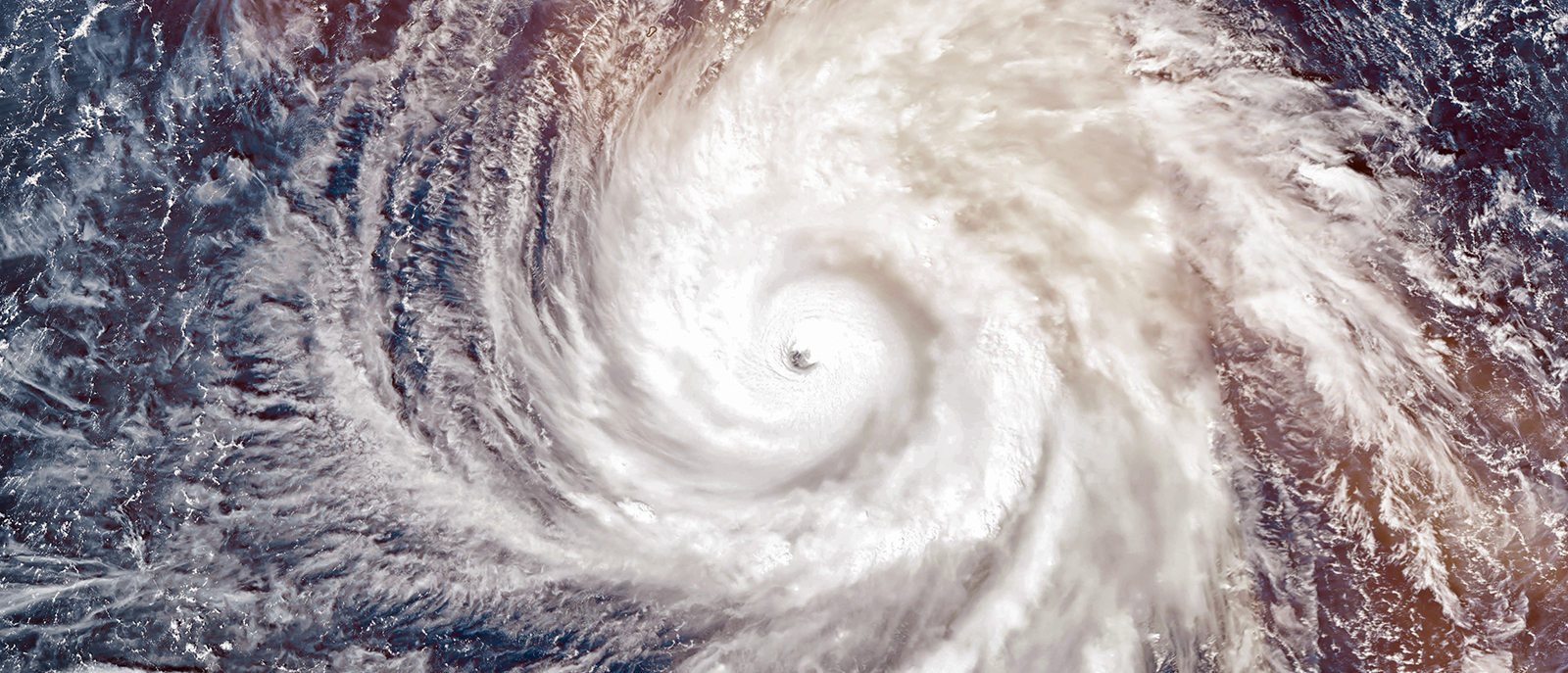The Spillover Effects of Hurricane Katrina on Corporate Bonds and the Choice between Bank and Bond Financing
Finance
Massa Massimo; Zhang Lei
Published in Journal of Financial and Quantitative Analysis, June 2020
Hurricane Katrina, a natural disaster occurring in 2005, generated the largest insured losses in US history, which significantly affected major bondholders such as property & casualty and reinsurance companies. A new study by Dr Lei Zhang, Associate Professor in the Department of Economics and Finance and co-author Massimo Massa, Professor of Finance at INSEAD, examines the spillover impact of Hurricane Katrina on corporate financial policy through the liquidation of corporate bond holdings by property (re) insurance companies.
This study finds that property insurance firms with large exposure to Hurricane Katrina reduced their corporate bond holdings by 14 percent, while other property insurers reduced theirs by only 1 percent, and life insurance firms slightly increased their holdings of the same bonds. As a result, firms whose bonds were held by Katrina-exposed property insurers faced a large decline in their risk-adjusted bond return, even though these firms are not located in the impacted region.
The study further examines how firms react to such temporary credit supply changes. The negative shock on bonds induces firms to shift from bond financing to bank-based borrowing and shorten debt maturity. This debt policy shift does not revert at least in the next three years after Hurricane Katrina. These findings suggest that a negative supply shock in the bond market induced by natural disasters can have a long-lasting impact on firms’ financial policy.

